A French regulatory panel has banned Apple's iPhone 12. What's the charge? The phone emits excessive radiation. This situation raises several additional questions. Why is the iPhone 12 being tested now, when Apple is retiring it? Aren't these devices carefully tested elsewhere? Is the iPhone 12 dangerous? What type of radiation do these phones emit, anyway?
What Type of Radiation Does an iPhone Emit?
iPhones, including the iPhone 12, emit radiofrequency (RF) radiation. This type of non-ionizing radiation is also emitted by other wireless devices such as Wi-Fi routers and Bluetooth devices.
It is the same type of radiation used to transmit FM and DAB radio, and it refers to electromagnetic waves ranging in frequency from 20 kHz to 300 GHz. RF radiation is ubiquitous, and it only becomes a concern when someone is exposed to an extremely large amount of it. The primary concern with RF radiation is its potential to cause heating effects in body tissues, which has led to extensive research into its safety.
Why Has iPhone 12 Been Banned in France?
The iPhone 12 has been removed from markets in France following testing by the ANFR, or Agence Nationale des Fréquences. The organization claims that its personnel can stop by retailers and take samples for testing. If the units meet ANFR criteria following testing, they will be returned to the store.
ANFR representative says: When they submit an ANFR card to store managers, they are authorized to take mobile phone samples. It is done at random because they need to represent every possible market.
The iPhone 12 in question failed ANFR testing, which was conducted at the CTC Advanced lab in Saarbruecken, Germany. On September 12, two days after the results were released online, the ANFR sought a "temporary withdrawal of the iPhone 12" from the French market. The phone was one of 141 evaluated by the agency.
How Much Radiation Does the iPhone 12 Emit?
RF radiation testing involves placing the phone in various positions and operating modes to measure the SAR values. These tests are conducted using phantom models that simulate human tissue to determine how much radiation is absorbed by different parts of the body. Regulatory bodies set SAR limits to ensure that phones remain within safe exposure levels for users.
The ANFR guidelines specify that the limit for the 0-mm test is 4 W/kg. The limit for the 5-mm distance test is 2 W/kg. The ANFR's 0-mm testing on the Apple device yielded 5.74 W/kg, 43 percent more than the permissible maximum. By this metric, the iPhone 12 has a major flaw.
Is France’s Testing Different From Everyone Else’s?
Each country, region, or collection of countries, such as the EU, has its own set of RF regulations, although a few fundamental requirements are common around the world.
In the United States, Canada, and South Korea, the norm is 1.6 W/kg, calculated over 1 gram of virtual tissue. In Australia, Europe, and the majority of the rest of the world, the standard is 2 W/kg, calculated over 10 g.
The standards in the United States and Canada are far harsher. It's not simply the lower allowable RF ceiling; the smaller sample size of 1 g limits the distribution of peak numbers. The FCC website in the United States does not mention the required distance, but 5 mm is the standard—and those few millimeters are important in RF testing due to how RF dissipates.
However, France employs one of the most severe tests: placing the phone at a 0-mm distance from the virtual body.
There's another factor to consider. You would believe that all phones are tested by government agencies in their respective nations. That includes the Federal Communications Commission in the United States, Ofcom in the United Kingdom, the Bundesnetzagentur in Germany, and so on.
In actuality, Apple and other manufacturers do testing at independent laboratories to ensure that they fulfill the required requirements and have evidence to back it up.
The ANFR's testing is more akin to a secret shopper operation, with additional testing performed to ensure that producers have actually completed their homework. Three years later, Apple was discovered wanting.
What are the Effects of iPhone 12 Radiation?
RF is one of the least hazardous types of radiation. These are low-energy waves with longer wavelengths than visible light, ultraviolet radiation, x-rays, and gamma rays.
However, the damage caused by light complicates matters. Most sources of ultraviolet radiation are non-ionizing, but we all know that excessive exposure can lead to skin cancer.
A meta-analysis published in 2020 found that the results of studies appeared to vary depending on the group conducting them, but it suggested that there is significant evidence linking phone use to an increased risk of tumors, particularly among cell phone users who have used their phones for 1,000 or more hours in their lifetime.
Many of the studies in the original research are technologically outdated. More than 60% were published in 2010 or earlier. The foundations of radio frequency (RF) may not have changed since then, but the technology we use and how we interact with it certainly have.
The iPhone 12 Isn't the Only Phone to Fail France's Radiation Test
Yes. The ANFR database lists about 50 phones that have failed the regulator's tests to date. Some fail the test at a 5-mm distance, while others at 0 mm.
Some of the most notable examples include the Motorola Edge, which failed the 5-mm test, and the Xiaomi Poco X3, which failed both. Samsung has failed twice: with the Galaxy Note 10 Plus and the Galaxy Z Flip 5G.
The ANFR issued a press release in July 2022 announcing the test failures of the Samsung Galaxy Note 10 Plus, Hisense Infinity H30, and Gigaset GX290. However, this was as much a validation of the manufacturers' willingness to provide software updates to the phones as it was an acknowledgment of their RF-level failures.
How to Minimize Radiation from Cellphones
To minimize exposure to cell phone radiation, including from the iPhone 12, consider the following tips:
- Use Speakerphones: Keeping the phone away from your head reduces direct exposure.
- Text Instead of Call: Texting keeps the phone away from your body.
- Limit Phone Use: Reduce the time spent on calls and avoid prolonged usage.
- Use EMF Protection Products: Utilizing products designed to reduce EMF exposure can mitigate potential risks. Bodywell, for instance, offers EMF radiation protection products that are proven effective through rigorous testing. Key benefits of using BioChip include: an 80% reduction in SAR, significantly lowering the amount of radiation absorbed by the body.
- Stay Informed: Be aware of your phone’s SAR value and follow manufacturer guidelines for safe use.

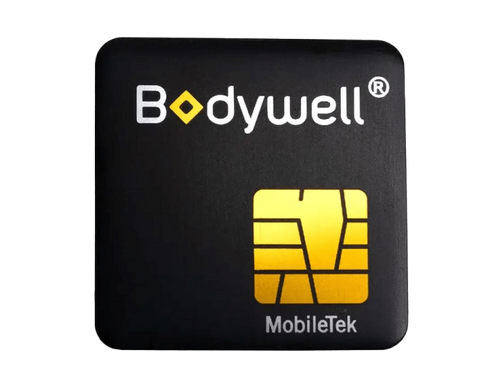
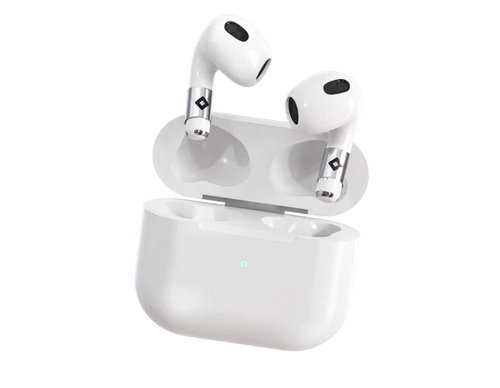
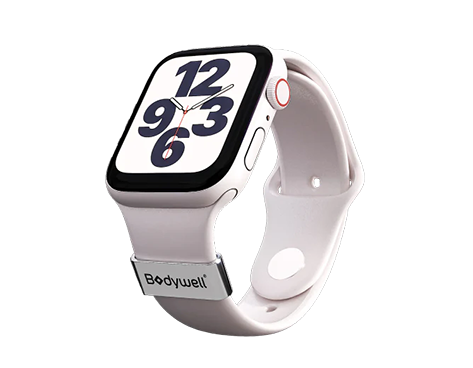
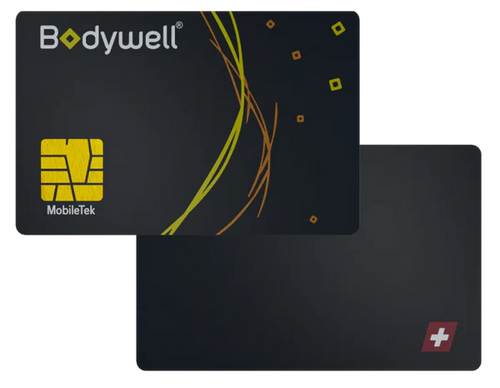








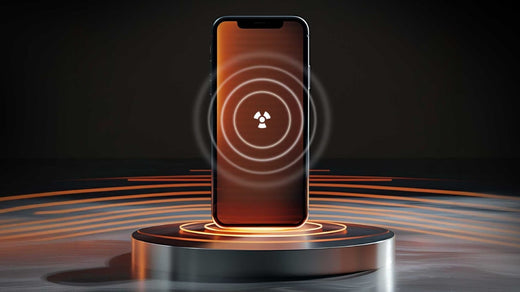

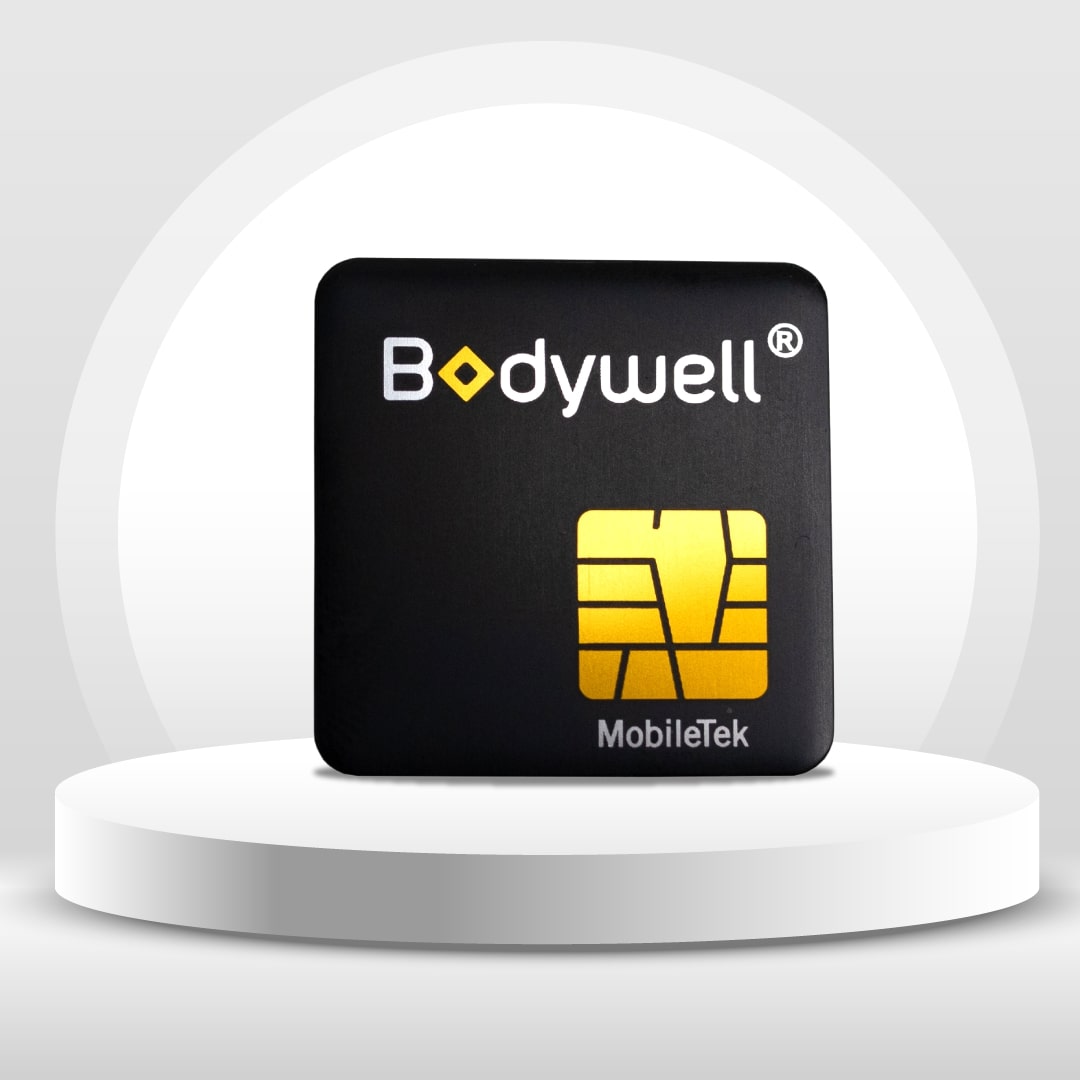
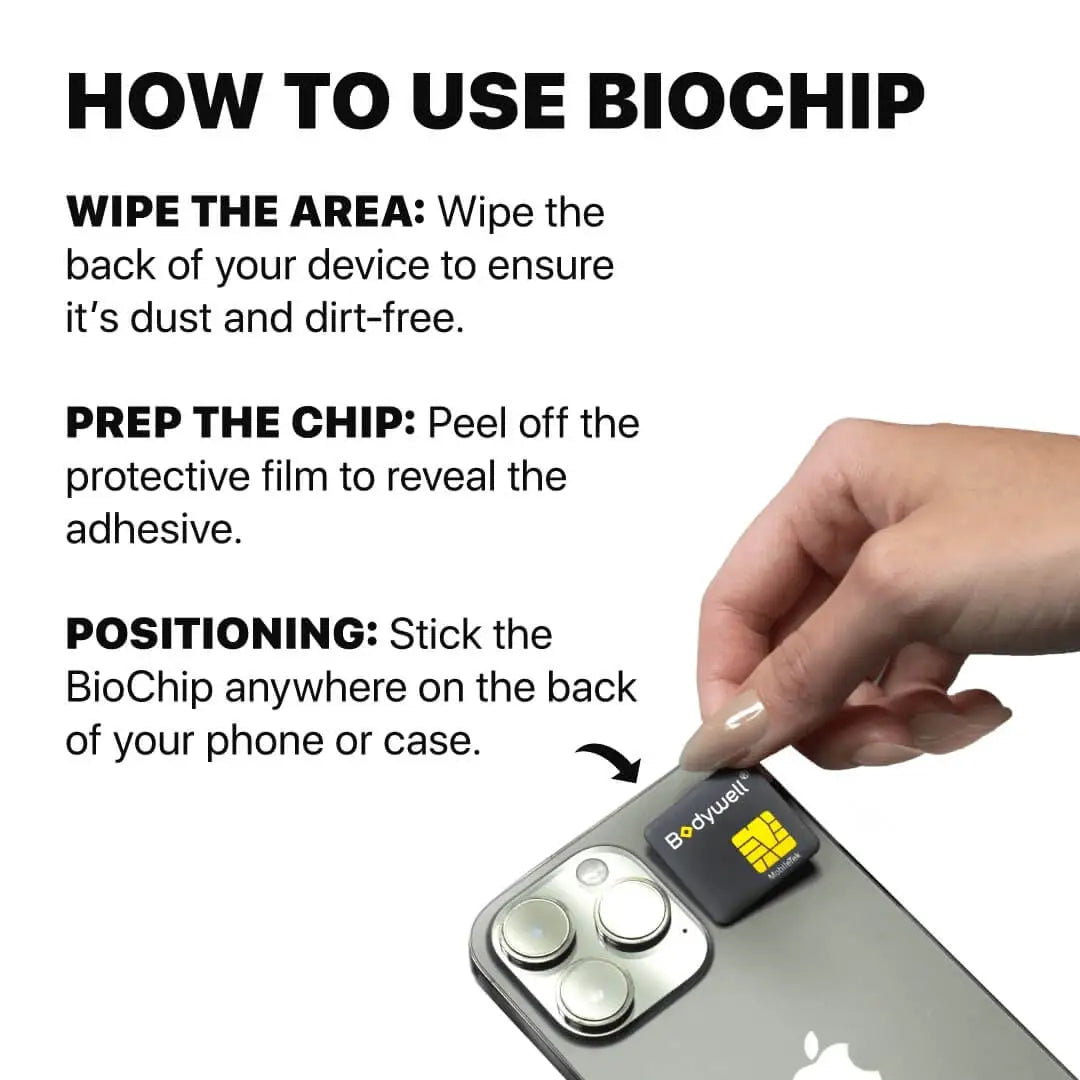
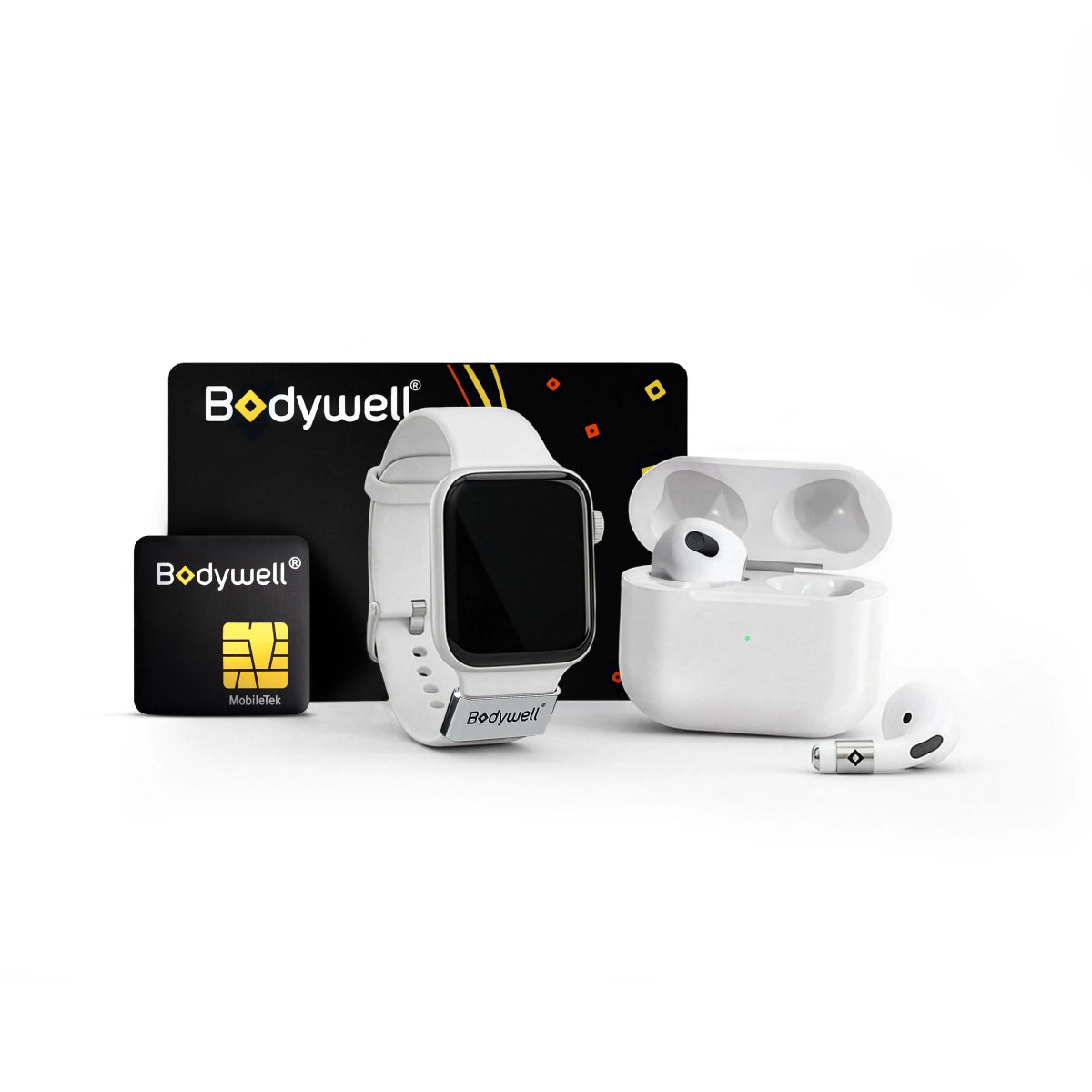
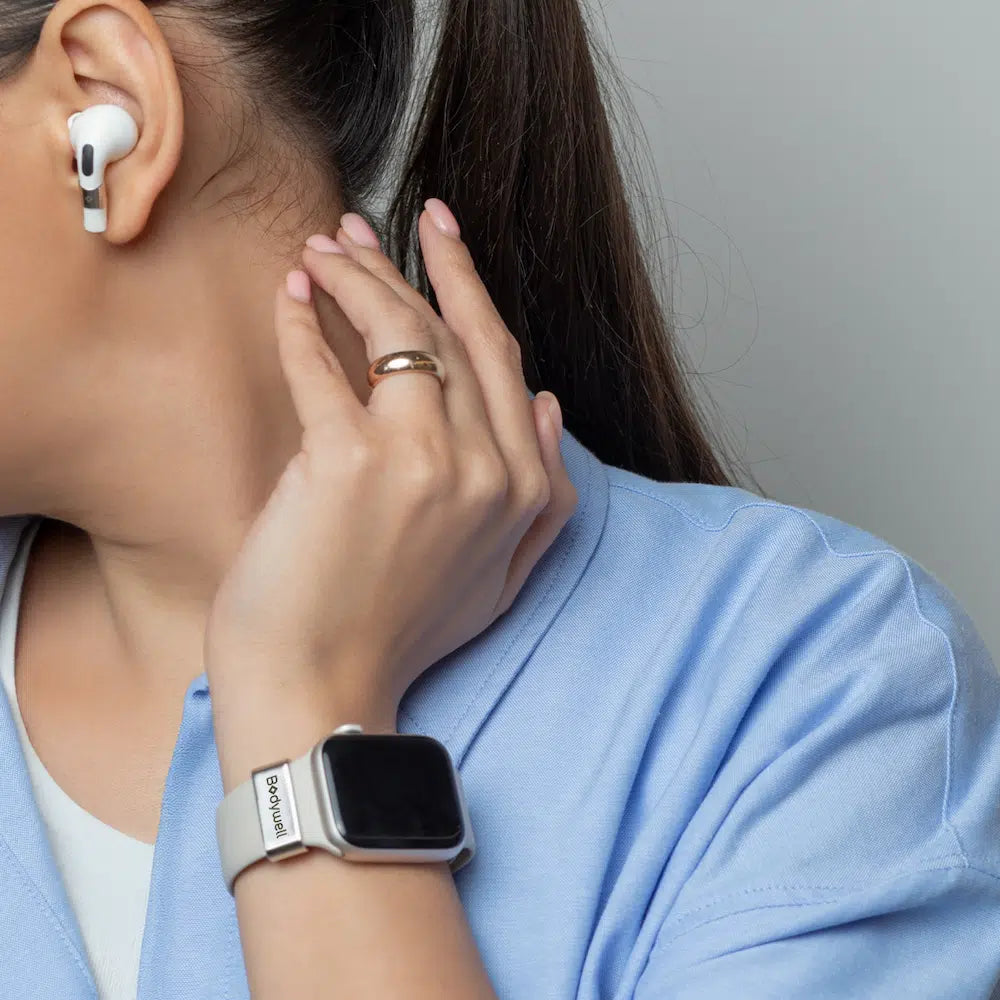


Leave a comment
This site is protected by hCaptcha and the hCaptcha Privacy Policy and Terms of Service apply.